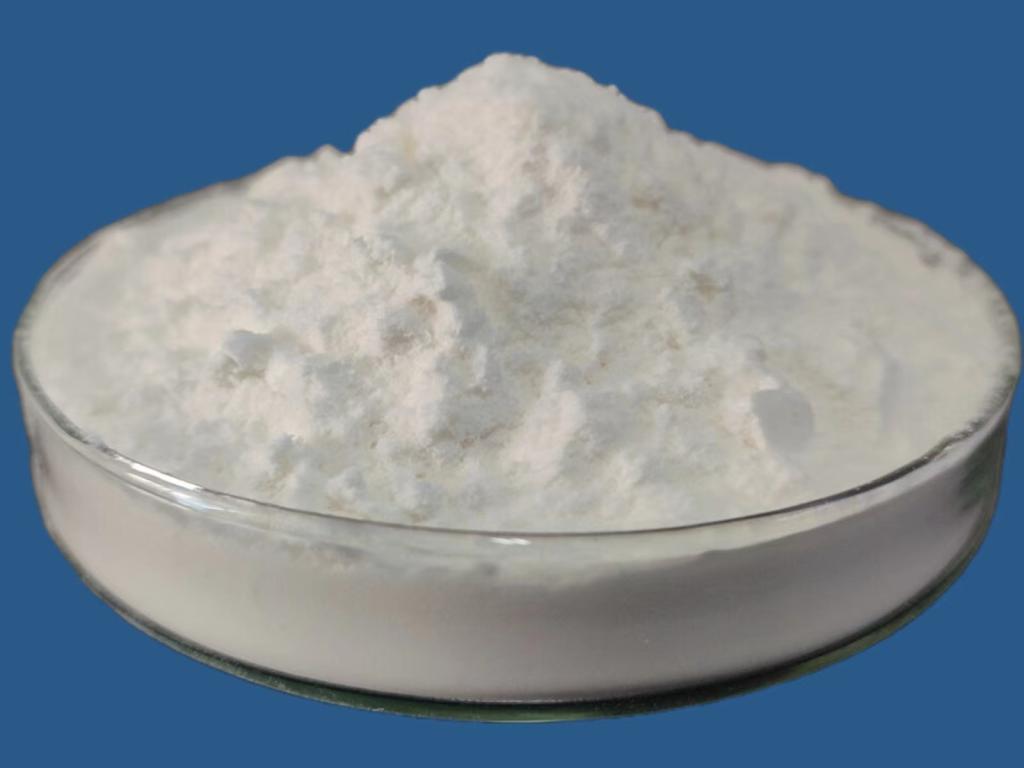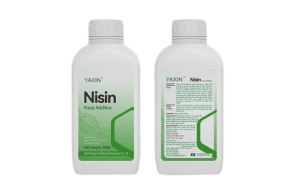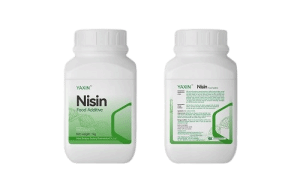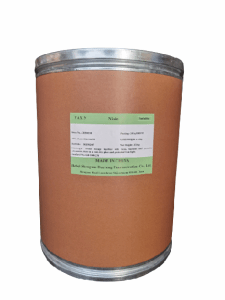Tel:+8618231198596

News
 CONTACT
CONTACT
 CONTACT
CONTACT
- Linkman:Linda Yao
- Tel: +8618231198596
- Email:linda.yao@dcpharma.cn
- Linkman:CHARLES.WANG
- Department:Overseas
- Tel: 0086 0311-85537378 0086 0311-85539701
News
The influence of ε-Polylysine hydrochloride on the texture and flavor stability of processed foods
TIME:2024-10-30
Understanding ε-Polylysine Hydrochloride
ε-Polylysine is a naturally occurring biopolymer composed of lysine amino acids, produced through the fermentation of certain bacteria. It has been recognized for its ability to inhibit a wide range of spoilage microorganisms, including bacteria, yeasts, and molds. Its safety and efficacy in food applications have led to its incorporation into various processed foods, making it a valuable asset for manufacturers seeking natural preservation methods.
Texture Stability
Texture is a critical quality attribute in processed foods that significantly affects consumer perception and acceptance. ε-Polylysine hydrochloride can play a pivotal role in maintaining texture stability by preventing the growth of spoilage organisms that can lead to undesirable textural changes. For instance:
Dairy Products: In products like yogurt and cheese, ε-polylysine helps inhibit the growth of bacteria that can cause syneresis (the separation of liquid from a gel) and off-textures. By maintaining the integrity of the emulsion, ε-polylysine contributes to a creamier and more appealing mouthfeel.
Meat Products: In processed meats, ε-polylysine helps preserve juiciness and tenderness by preventing spoilage and the degradation of proteins that can lead to textural deterioration. Its incorporation into meat formulations ensures that products remain palatable and appealing over time.
Baked Goods: In baked products, ε-polylysine can help retain moisture, preventing staleness and maintaining a desirable crumb structure. This moisture retention is crucial for prolonging shelf life and enhancing consumer satisfaction.
Flavor Stability
Flavor is another essential component of processed food quality, often impacted by microbial activity and chemical reactions that can lead to off-flavors. ε-Polylysine hydrochloride can enhance flavor stability in several ways:
Microbial Control: By inhibiting spoilage microorganisms, ε-polylysine reduces the risk of off-flavor development caused by microbial metabolism. This is particularly important in products like sauces and dressings, where microbial spoilage can lead to rancidity and undesirable taste.
Preservation of Aroma Compounds: ε-Polylysine helps protect volatile flavor compounds, maintaining the sensory characteristics of the product. In beverages, for example, its antimicrobial action can prevent the degradation of aromatic compounds, ensuring that the intended flavor profile remains intact.
Natural Flavor Enhancement: The inclusion of ε-polylysine in formulations can sometimes enhance the overall flavor profile of the product. Its ability to stabilize emulsions can improve the release of flavor compounds, resulting in a more robust taste experience.
Application Considerations
While the benefits of ε-polylysine hydrochloride in maintaining texture and flavor stability are significant, manufacturers must consider optimal usage levels. The concentration of ε-polylysine should be carefully calibrated to achieve effective preservation without altering the desired sensory attributes. Additionally, the formulation matrix and processing conditions may influence its efficacy, necessitating thorough testing to ensure consistent results.
Conclusion
ε-Polylysine hydrochloride represents a promising solution for enhancing the texture and flavor stability of processed foods. By preventing microbial spoilage and preserving sensory attributes, it supports the growing consumer demand for natural, high-quality products. As the food industry continues to innovate in response to consumer preferences, ε-polylysine's role in maintaining the integrity of processed foods is likely to expand, paving the way for healthier, more sustainable food options that meet modern expectations. Continued research and development will further elucidate its applications, ensuring that ε-polylysine remains at the forefront of food preservation technology.
- Tel:+8618231198596
- Whatsapp:18231198596
- Chat With Skype







